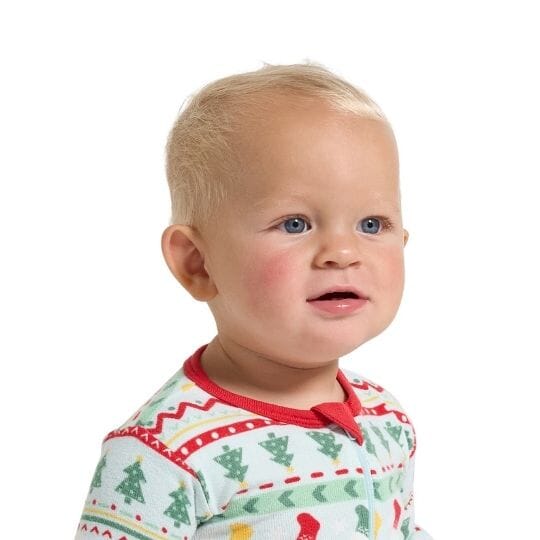A Beginner’s Guide to Kitchen Composting with Kids

What better way to instill eco-friendly values in our children than to get their hands dirty? Learning how to compost is a wonderful opportunity to educate kids on waste reduction, gardening, and the cycle of life, death, and rebirth in our natural world. Plus, it’s easy, free, and fun!
First, what is compost?
Compost is a natural, soil-like fertilizer made from decayed organic matter. Its nutrient rich properties help plants grow and it’s safe for children to handle.
How do I get started?
Find a bin (from around the house or store-bought) with a lid to house your materials. A clear bin is an added bonus for kids, as it allows them to watch as the composting magic takes place. For a smaller family project or science experiment, use a glass jar for maximum visibility.

Teach your kids the Do’s and Don’ts of what to add:
| What to Compost | What Not to Compost |
| Fruits & Veggies | Meat |
| Eggshells | Bones |
| Coffee Grounds | Dairy Products |
| Newspapers | Oil |
| Paper bags | Charcoal |
| Yard waste (not chemically treated) | Feces (human or pet) |
| Dead Leaves | Cardboard |
| Teabags | Chemically Treated Yard Waste |
*Pro Tip: The most successful compost is equal parts “green” and “brown.” Green materials include fruits, veggies, coffee grounds, and eggshells while brown materials include dead leaves, paper bags, and newspapers.
It’s time to start feeding your bin! Make it a daily routine to add the appropriate scraps to your bin. You and your little one will be surprised on how quickly it fills.
If you have a yard and/or garden, consider making a larger compost heap in a shady, dry area where you can dump your kitchen bin. Turn the soil every week or so. If you are in an apartment, or want to keep your composting contained indoors, cover your container with several holes in the lid to allow for oxygen and let it do its thing!

Compost is ready in as little as 12 weeks and will smell and feel like rich, dark earth.
Now the best part of all, getting dirty! Use your compost to feed any plant— indoors or out, potted or planted. Add a layer of compost near the plant’s roots as well as on the top of the soil around the plant’s base and watch those beautiful, green leaves unfurl.
*Bonus Project: Show your kids how much their hard work and diligence has paid off by planting two of the same plants side by side, one with compost and one without. Compare the difference in growth.
Want more ways to teach your kids about green living? Our sustainability bucket list is a must!
Share this with your friends and family on social media to spread awareness about educating the next generation about sustainability.
















